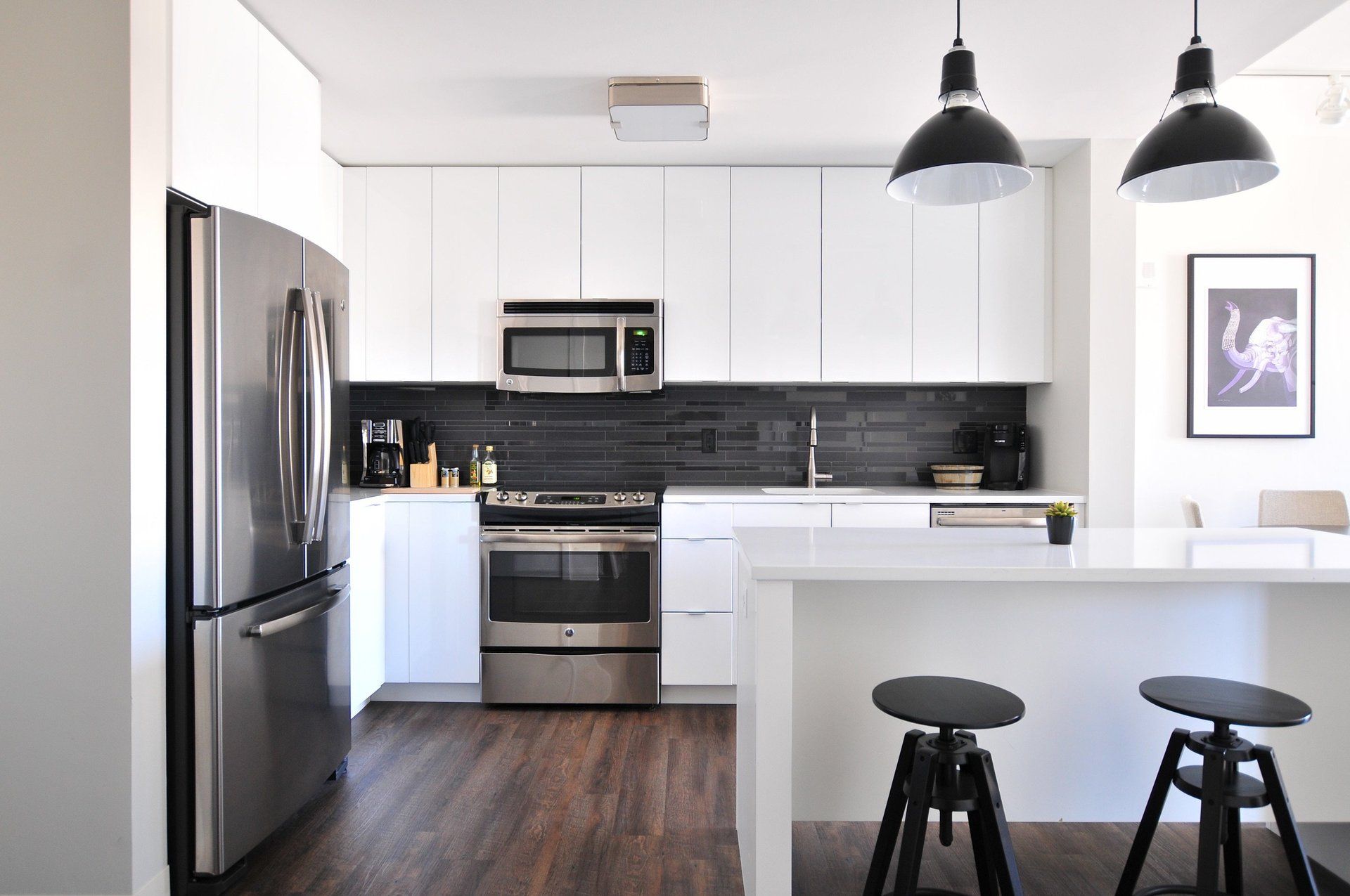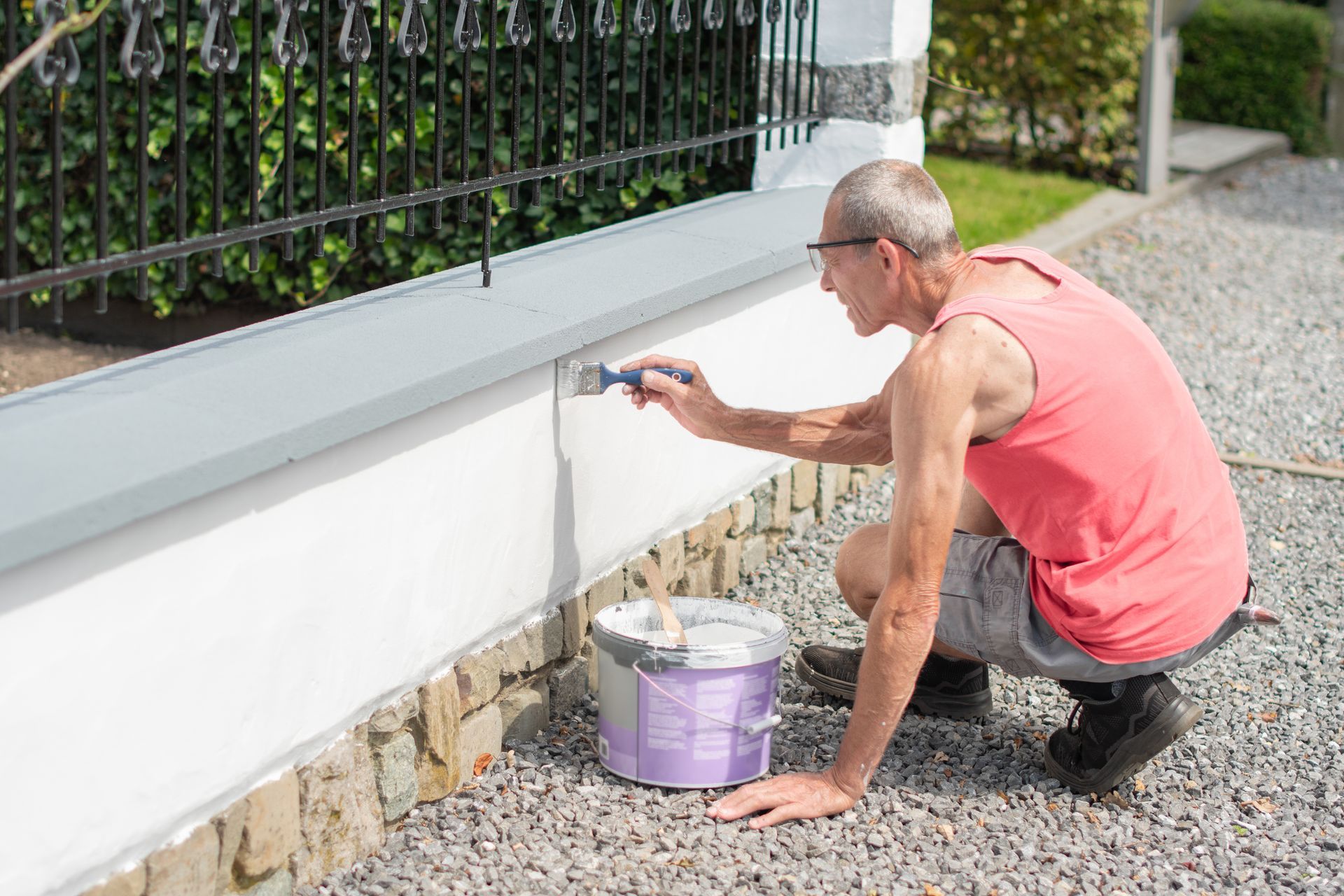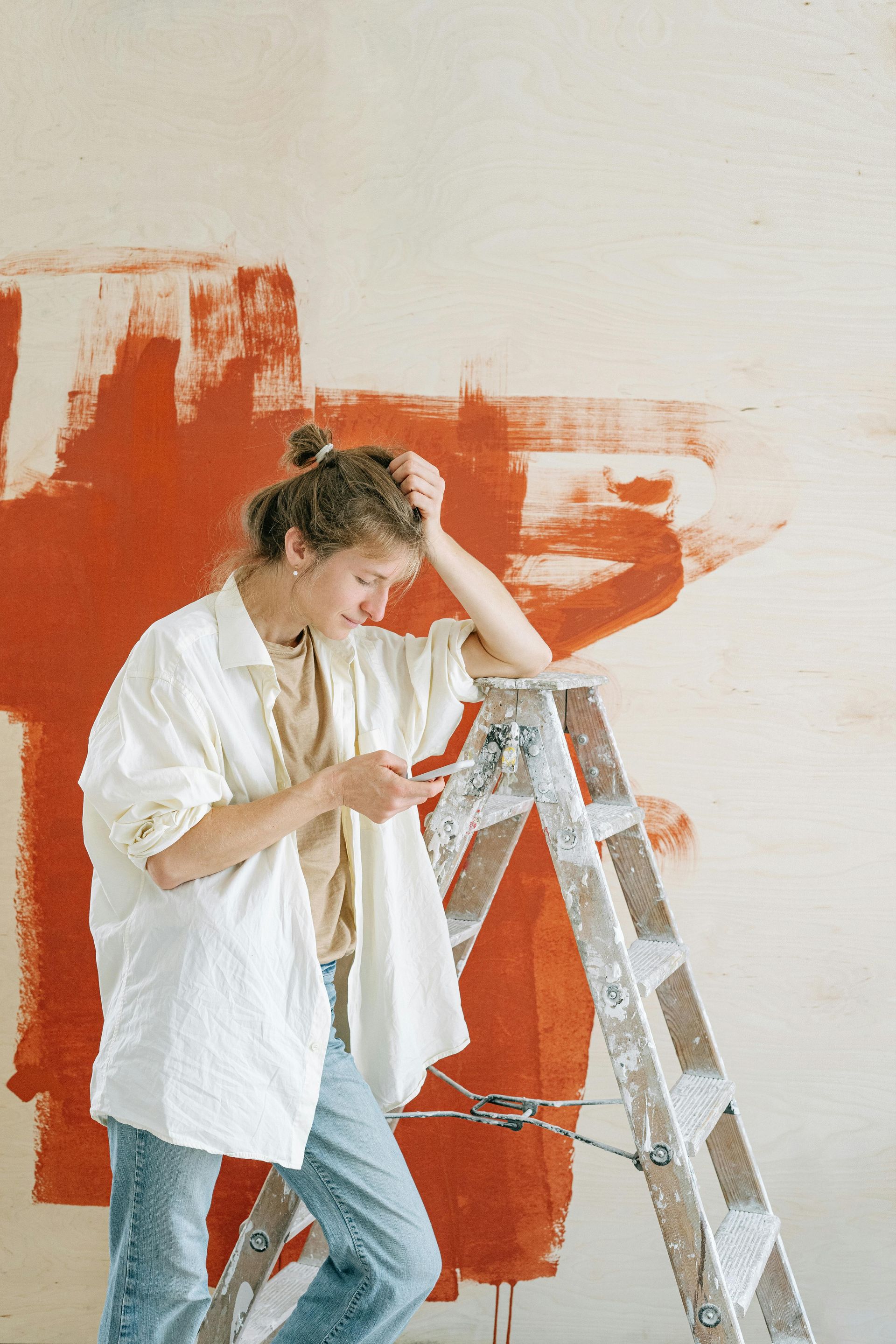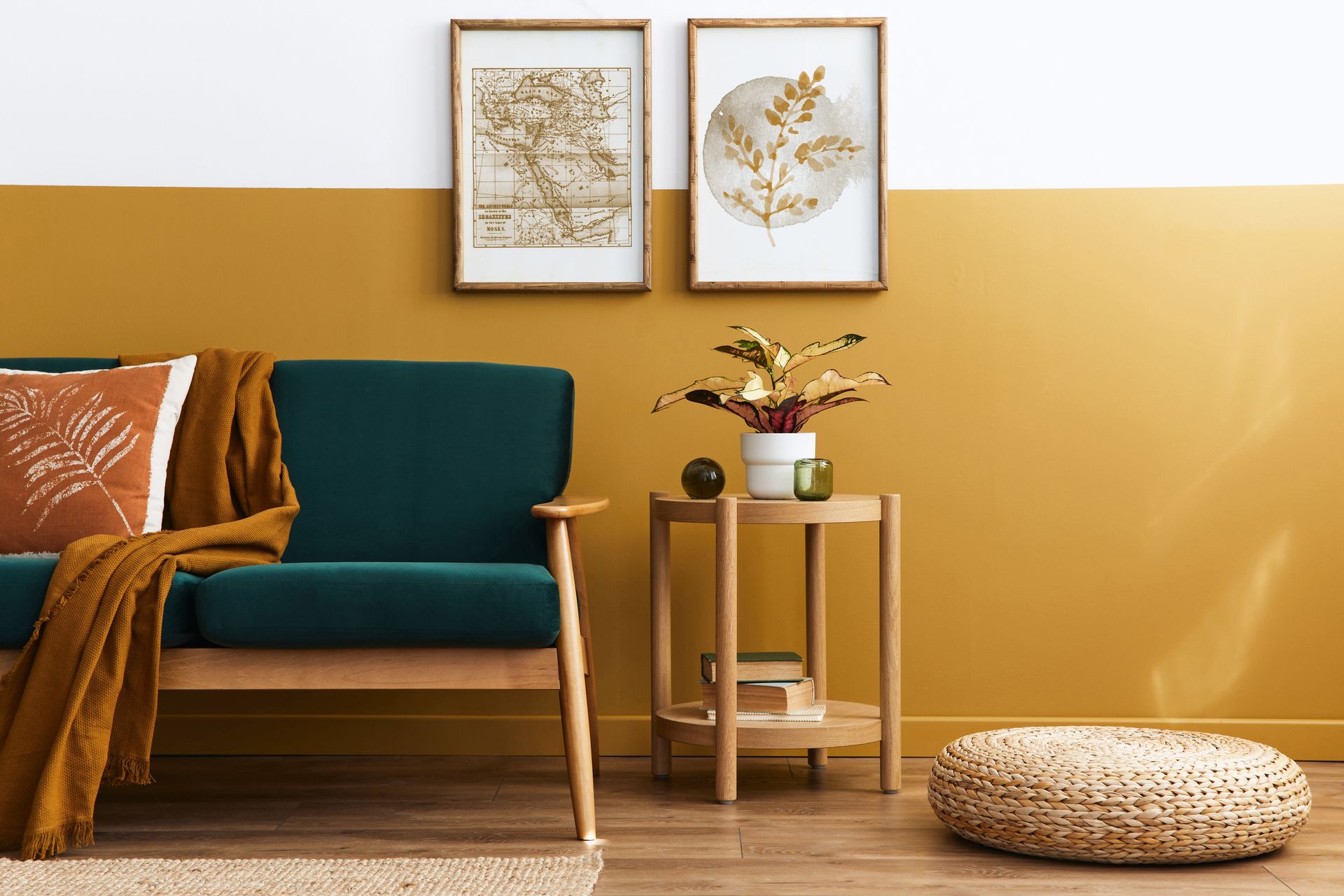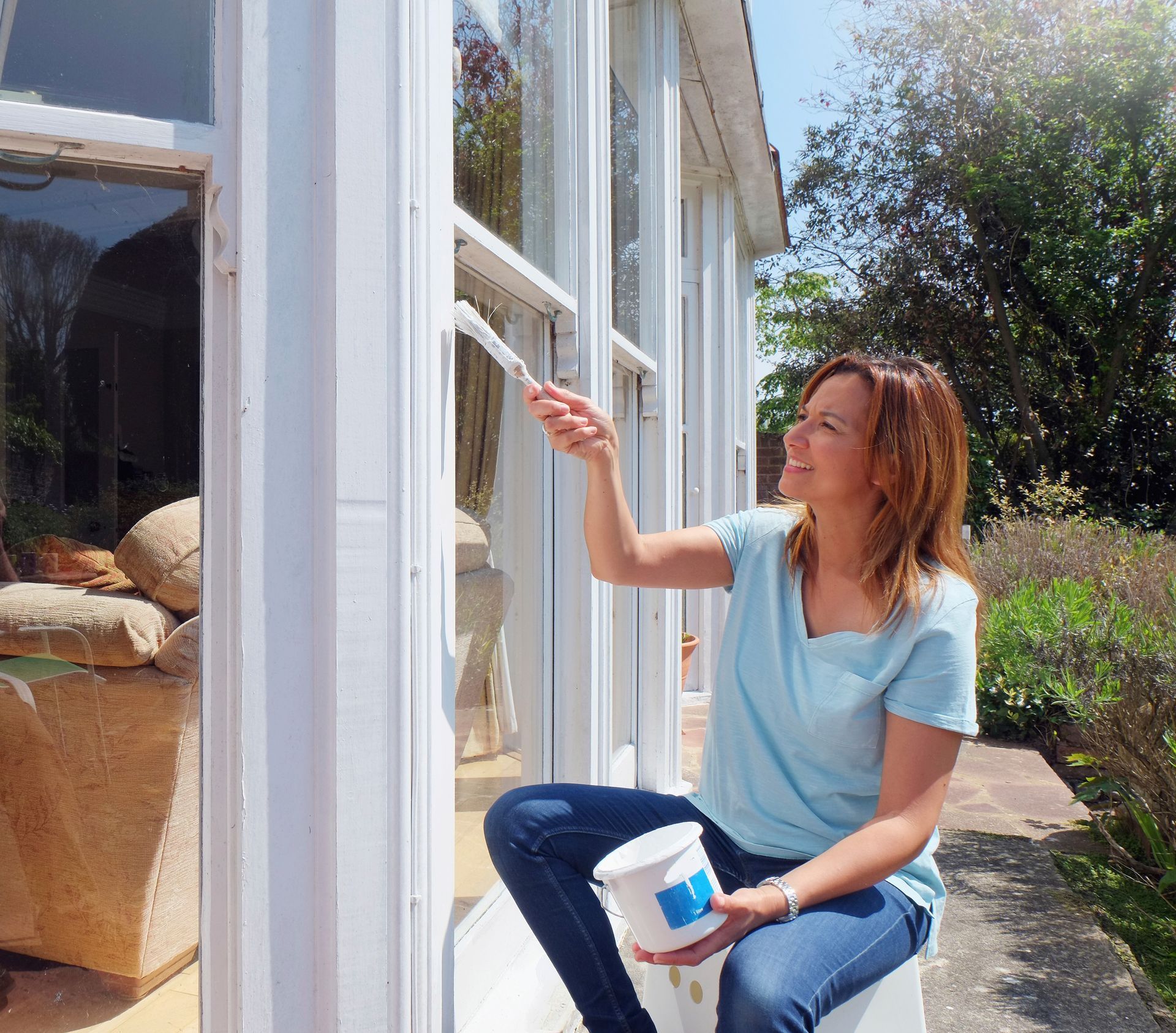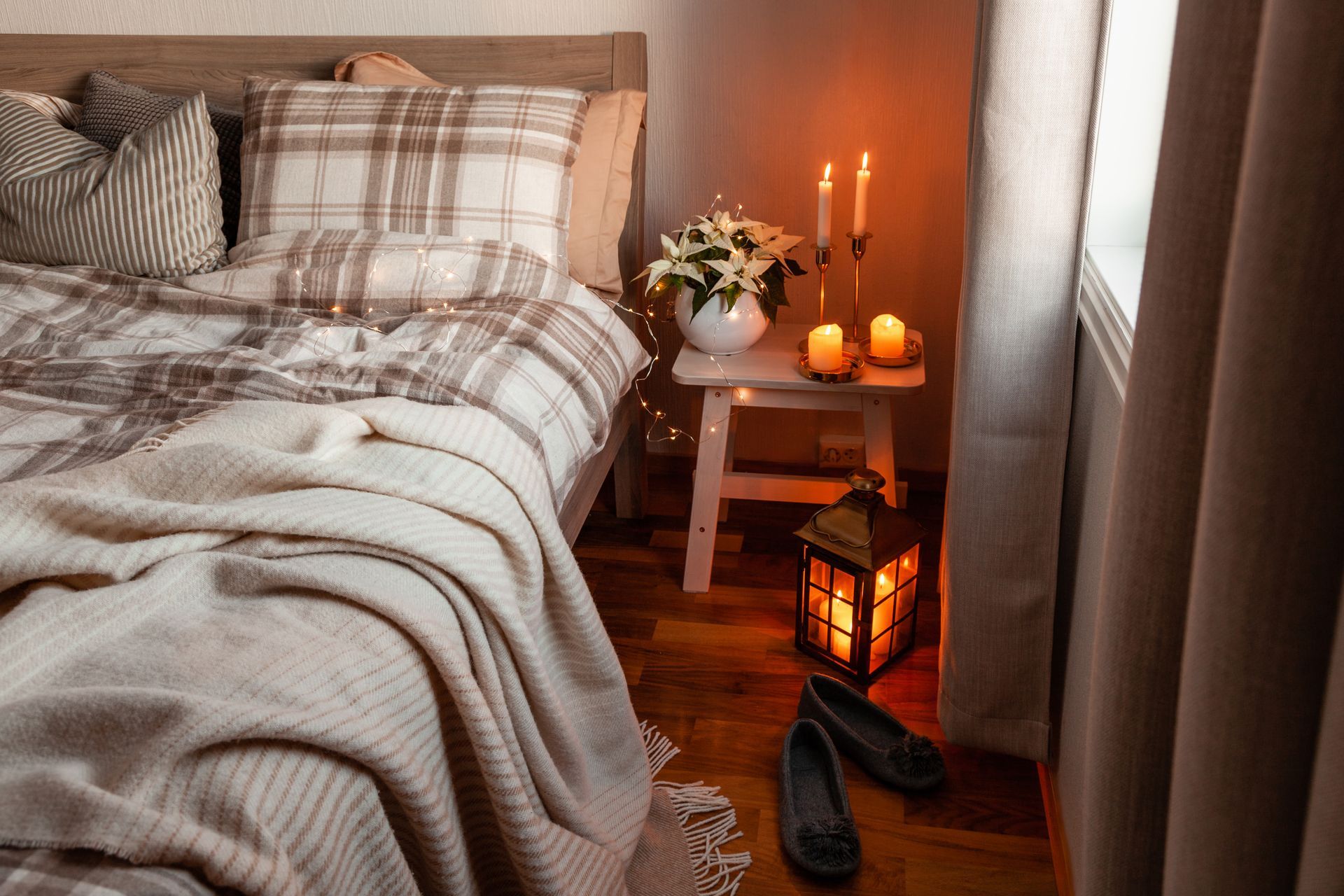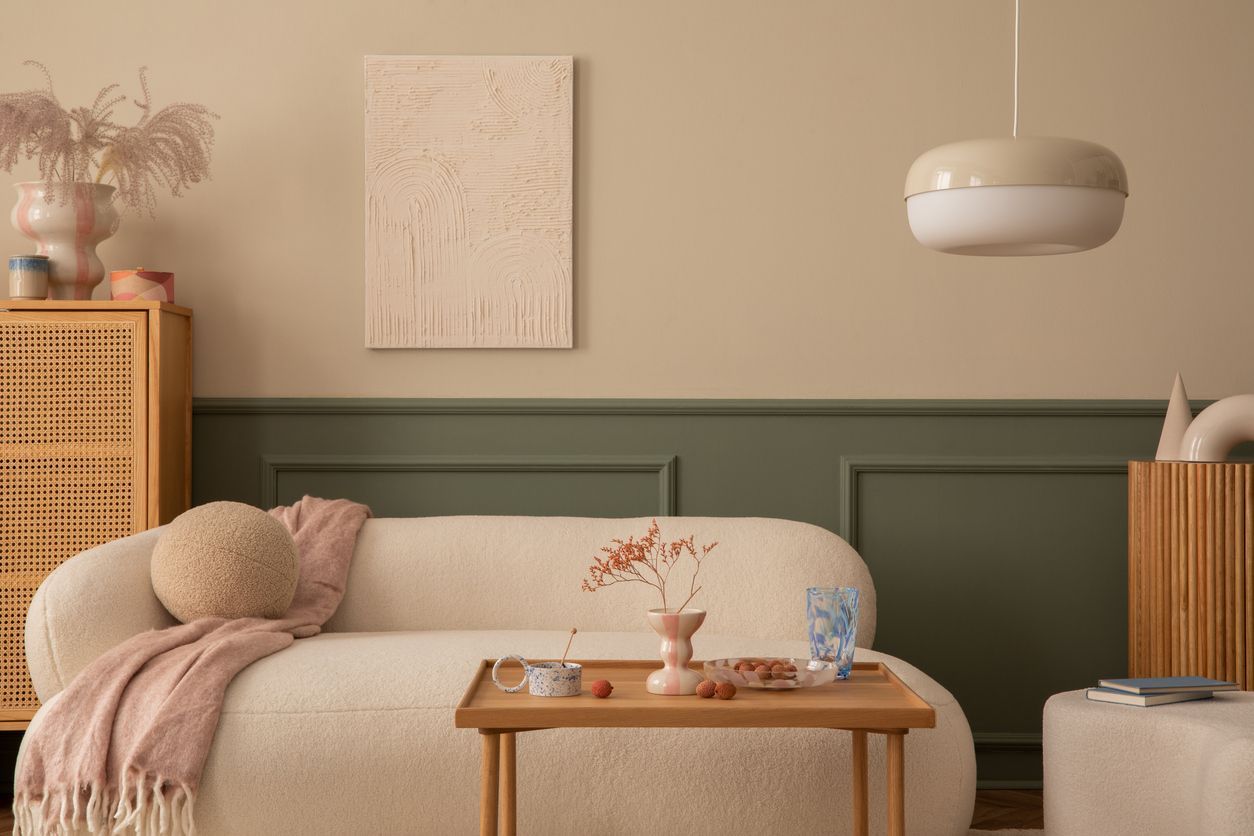Transform Your Space with the Perfect Paint

Understanding Interior Paint Basics
Before we dive into the specifics, let's cover some basics. Interior paints are broadly categorized based on their finish and composition. Each type serves a unique purpose and offers distinct advantages, making them suitable for various applications.
Paint Composition
Interior paints are typically composed of pigments, binders, solvents, and additives. Pigments provide color, binders hold the pigment particles together, solvents dissolve the paint components for easy application, and additives enhance certain properties like drying time and durability.
The Importance of Finish
The finish of interior paint refers to its sheen, or how shiny the paint appears once it dries. Different finishes offer varying levels of durability, washability, and light reflectance, affecting the overall look and functionality of your painted surfaces.
Flat and Matte Finishes
Flat and matte finishes are perfect for creating a sophisticated, non-reflective look. These types of paint offer a velvety texture that hides imperfections, making them ideal for walls and ceilings in low-traffic areas.
Benefits of Flat and Matte Finishes
One of the main advantages of flat and matte finishes is their ability to conceal surface flaws. They provide a smooth, even appearance that can make your walls look flawless. Additionally, these finishes are great for creating a cozy, intimate atmosphere in bedrooms and living rooms.
Best Uses for Flat and Matte Finishes
Flat and matte finishes work best in spaces with minimal wear and tear. Due to their lower durability and washability, they are not recommended for high-traffic areas like kitchens and bathrooms. Instead, use them for walls and ceilings in bedrooms, dining rooms, and home offices.
Care and Maintenance
While flat and matte finishes are not as easy to clean as other types, they can still be maintained with gentle cleaning. Use a soft cloth or sponge with water and mild soap to remove any dirt or stains without damaging the paint.
Eggshell and Satin Finishes
Eggshell and satin finishes strike a balance between shine and durability. They offer a slight sheen that enhances the visual appeal of your walls while providing better washability than flat finishes.
Benefits of Eggshell and Satin Finishes
These finishes are more resistant to stains and scuffs, making them a practical choice for busy households. Their moderate sheen adds a touch of elegance to your space without being too glossy, creating a warm and inviting ambiance.
Best Uses for Eggshell and Satin Finishes
Eggshell and satin finishes are versatile options suitable for various rooms. They work well in living rooms, hallways, and entryways, where you need a bit more durability without sacrificing aesthetics. They’re also a great choice for children's rooms and laundry rooms due to their easy-to-clean nature.
Care and Maintenance
To keep your eggshell and satin finishes looking fresh, regularly dust your walls and wipe them down with a damp cloth as needed. For tougher stains, a mild cleaning solution should do the trick without harming the paint.
Semi-Gloss and Gloss Finishes
Semi-gloss and gloss finishes are known for their high shine and exceptional durability. These paints are a top choice for areas that require frequent cleaning and withstand heavy use.
Benefits of Semi-Gloss and Gloss Finishes
The glossy sheen of these finishes reflects light, creating a bright and vibrant look that can make small spaces feel larger. They are highly resistant to moisture, stains, and mildew, making them ideal for high-humidity areas and surfaces that get touched often.
Best Uses for Semi-Gloss and Gloss Finishes
Use semi-gloss and gloss finishes in kitchens, bathrooms, and trim work. Their durability makes them perfect for cabinets, doors, baseboards, and moldings. These finishes are also great for accent walls, adding a striking contrast to your interior design.
Specialty Paints
Specialty paints offer unique properties and finishes tailored for specific applications. These paints can add a creative touch to your interiors, providing functionality and aesthetic appeal.
Chalkboard Paint
Chalkboard paint turns any surface into a writable and erasable canvas, perfect for kitchens, playrooms, and home offices. It’s a fun and functional way to keep track of to-dos, grocery lists, or inspire creativity.
Magnetic Paint
Magnetic paint contains particles that create a magnetic surface when applied. Use it in children's rooms or home offices to display artwork, photos, or important notes without damaging the walls.
Textured Paint
Textured paint adds depth and dimension to your walls, mimicking the look of materials like stucco or sandstone. It’s an excellent choice for accent walls or to cover minor surface imperfections.
Choosing the Right Paint
Selecting the right type of interior paint involves considering factors such as the room's function, the amount of traffic it receives, and your desired aesthetic. Here are some tips to help you make the best choice.
Assessing Room Function
Think about how the room will be used and the level of wear and tear it will experience. High-traffic areas like hallways and kitchens benefit from more durable finishes, while low-traffic areas can use more delicate finishes.
Considering Lighting
The amount of natural and artificial light in a room affects how paint colors and finishes look. Glossy finishes reflect light, creating a brighter space, while matte finishes absorb light, creating a softer look.
Testing Paint Samples
Before committing to a paint color and finish, test samples on your walls. Observe how they look at different times of the day and under different lighting conditions to ensure you’re happy with the choice.
Painting Tips and Tricks
Achieving a professional-looking paint job requires some preparation and technique. Here are a few tips to help you get started.
Preparing the Surface
Ensure your walls are clean, dry, and free of imperfections before painting. Fill in any holes or cracks and sand down rough spots for a smooth surface.
Using the Right Tools
Invest in high-quality brushes and rollers to achieve an even application. Use painter's tape to protect trim and edges for clean lines.
Applying Paint
Apply paint in thin, even coats, allowing each layer to dry completely before adding another. This ensures a smooth and durable finish.
Choosing the right interior paint can transform your living spaces, adding beauty and functionality. By understanding the different types of interior paint and their applications, you can make informed decisions that bring your vision to life. Think about hiring the pros at Peninsula Painting in Hamilton. No matter the room that needs to be transformed, they have the type of paint, the tools and the know-how to make your space beautiful!
Peninsula Painting in Hamilton!
Transform Your Space with a Stroke of Excellence!
905-570-3156


